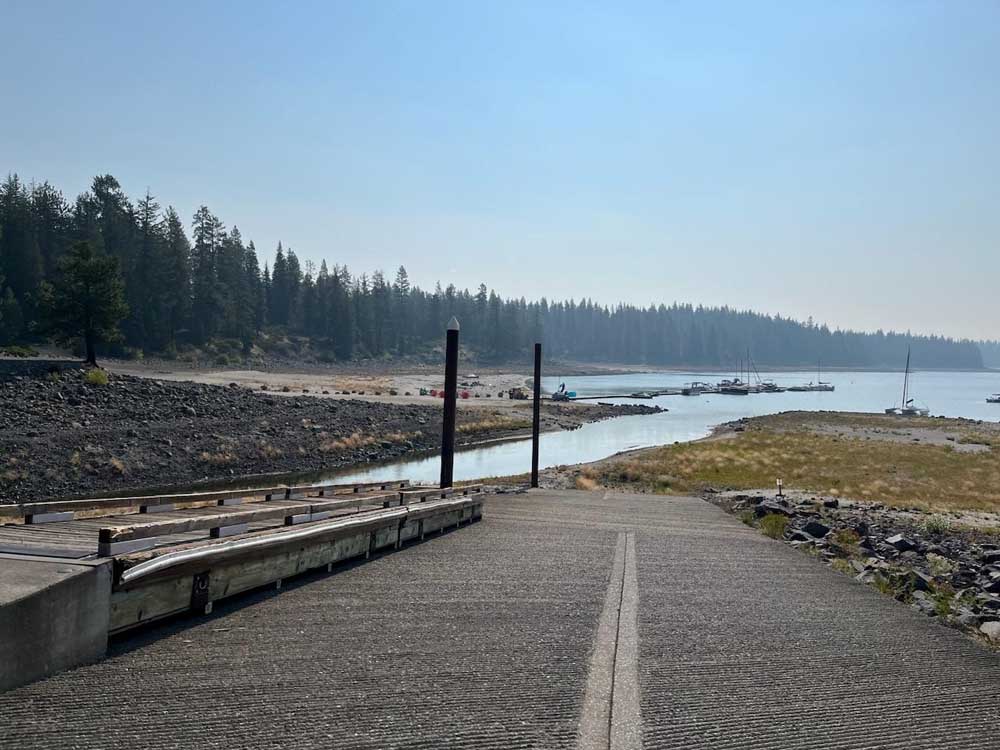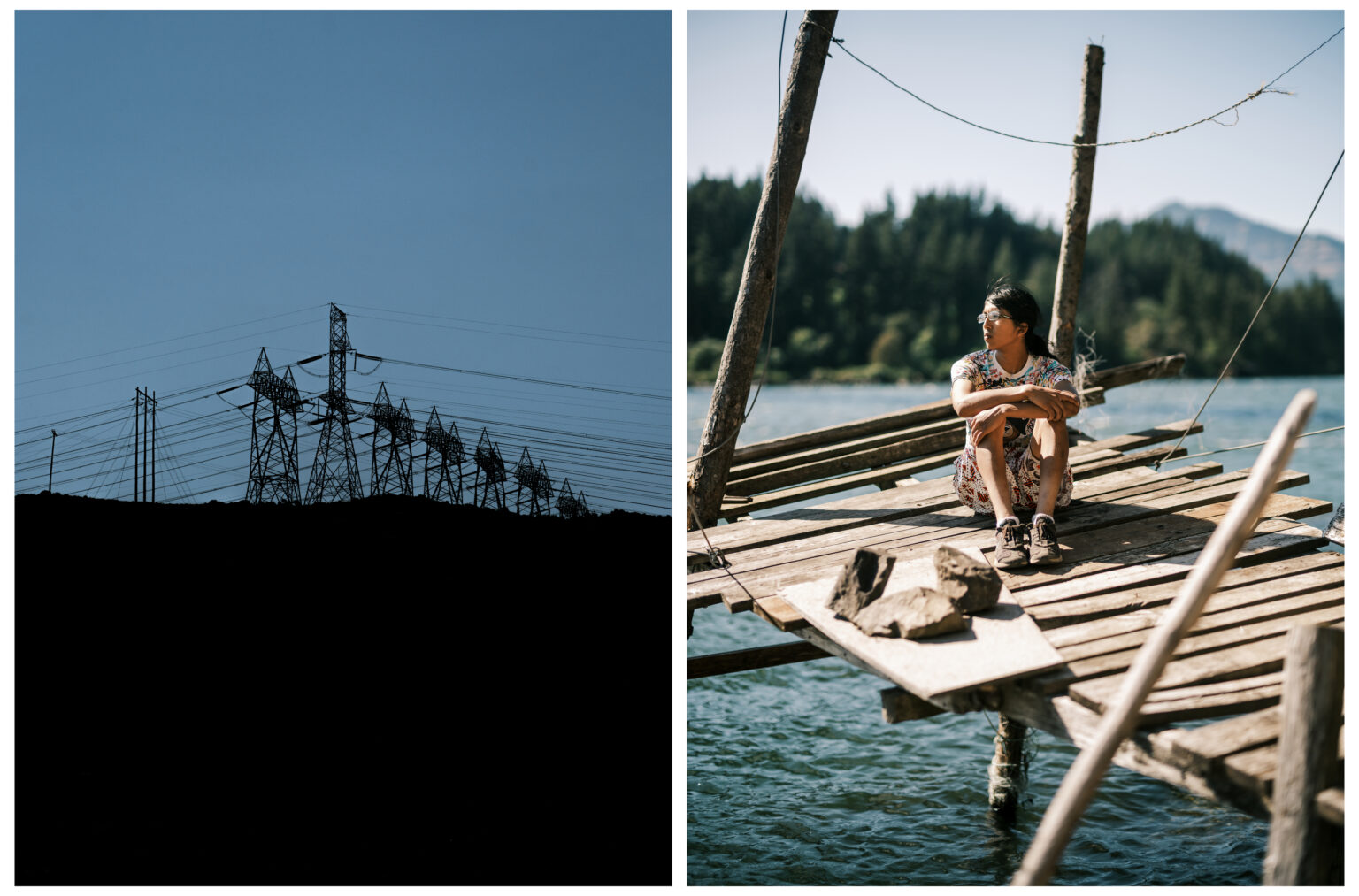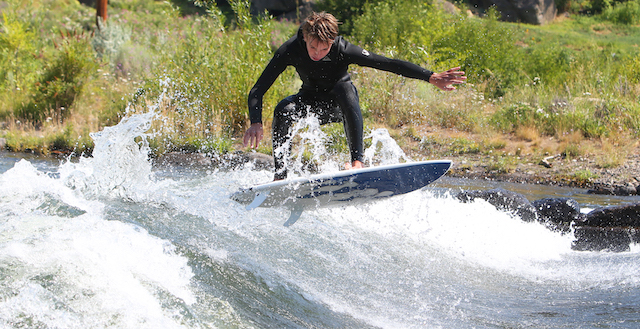Low water at Crescent Lake forces officials to scrap plans for boat launch
Published 12:15 pm Thursday, August 24, 2023

- The boat launch at Crescent Lake.
Plans to build a new boat launch at Crescent Lake have been scrapped due to multiple seasons of low water.
Crescent Ranger District staff will evaluate the project design given current and anticipated conditions to improve better low-water launching opportunities, according to a news release from the Deschutes National Forest.
Low water levels in Central Oregon’s reservoirs have become common following several years of drought combined with higher releases of water to support habitat for the Oregon spotted frog.
As of Wednesday, Crescent Lake, located about 60 miles southwest of Bend, was 10% full, according to data compiled by the Bureau of Reclamation. Nearby Wickiup Reservoir is down to 25% full.
Crescent Lake is a natural lake, but a dam built in 1922 for irrigation purposes helped control the lake’s outflow and raised its water level by several feet. The original dam was rebuilt by the Bureau of Reclamation in 1954.
The planning phase for the Crescent Lake Boat Launch redesign began in 2021. Over the past two years, the water level in the lake dropped 15.9 feet below the average levels of the previous 20 years, according to the release.
After a promising spring, drought again stalking Central Oregon farmers
In its statement, the Deschutes National Forest blamed “years of severe drought” for the lower water levels.
“It would take several years of well-above-average snowfall and precipitation to recover to more average lake levels,” according to the statement.
Deschutes Basin Watermaster Jeremy Giffin said in addition to drought, the water level in Crescent Lake has been dropping because of irrigation releases, as well as water added to the river to improve Oregon spotted frog habitat per requirements in the Deschutes Basin Habitat Conservation Plan.
“Tumalo Irrigation District has been releasing stored water to meet HCP requirements,” he said, referring to the habitat conservation plan. “Even with good water years, it’s going to be difficult to get any large amount of storage in that reservoir going forward.”
Water from the lake travels down Crescent Creek into the Little Deschutes River and then into the Deschutes River.
Prior to the implementation of the habitat conservation plan, there was no required flow out of Crescent Lake. However, the Oregon Water Resources Department had an informal agreement with the Tumalo Irrigation District to have a minimum flow of 5 cubic feet per second year-round, according to department spokesperson Alyssa Rash.
Now that the plan is in effect, there must be an outflow of 10 cubic feet per second in years one through 10 of the plan from Oct. 1 to June 30. Then from July 1 to Sept. 20 there is a required 50 cubic feet per second minimum outflow. After year 10 of the plan, the flow incrementally increases, said Rash.
Plan to conserve water for the Deschutes gets go-ahead
Chris Schull, general manager for Tumalo Irrigation District, which taps water from the reservoir for irrigation purposes, said drought is the biggest and main factor of the low lake levels.
“Crescent Lake has the smallest drainage area in the Deschutes Basin. Any and all in-flows to Crescent Lake are 100% dependent on what Mother Nature provides to us in the form of rain and snow,” said Schull.
Schull said his district has been using 22,000 acre-feet of water for irrigation purposes on average since 2019. However, only 5,000 to 10,000 acre-feet a year is replaced with snowmelt and rain, said Schull.
“That to me is a diminishing return due to drought and not the HCP.”








